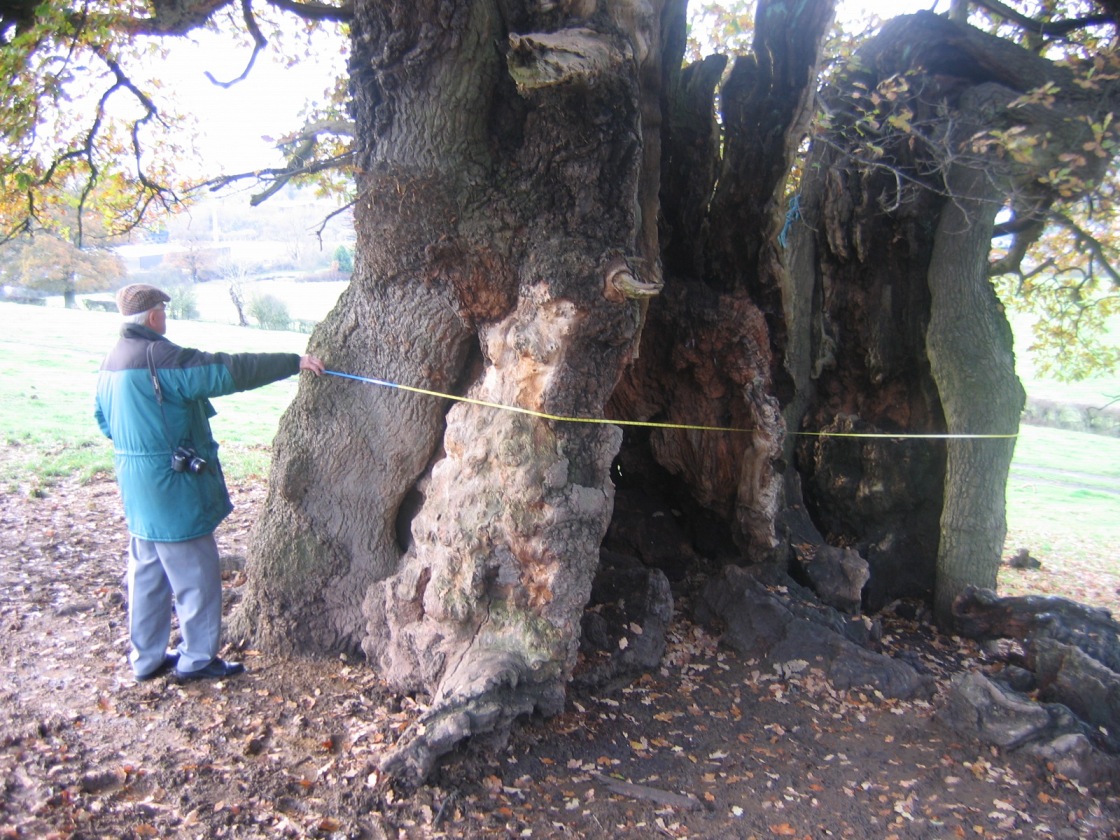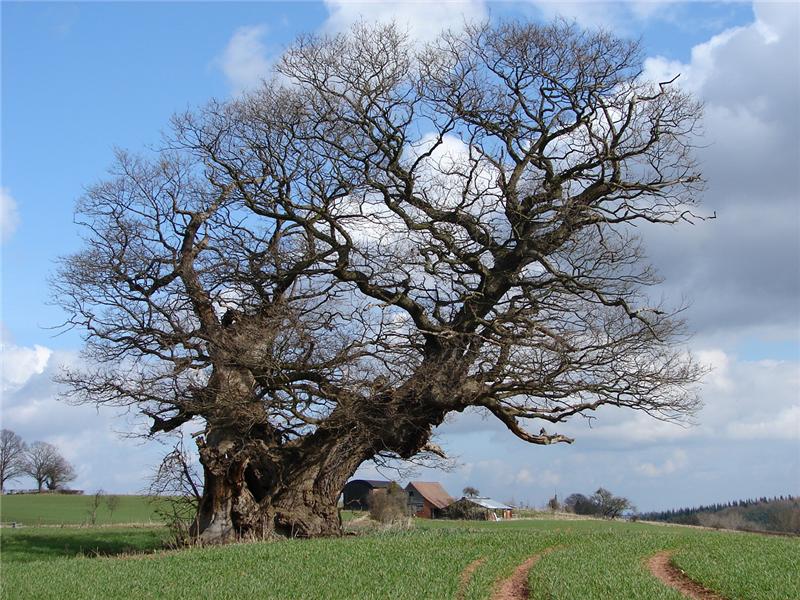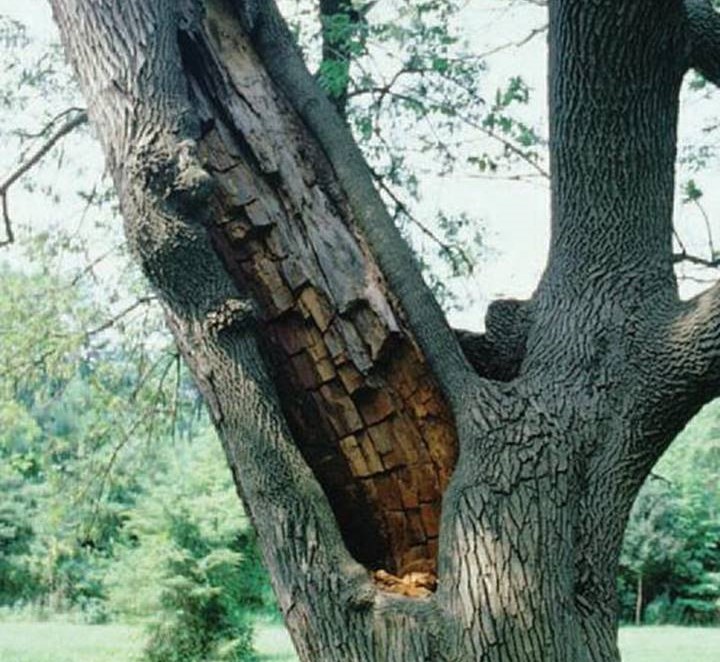Worcestershire's Ancient Tree Project


Worcestershire's Ancient Tree Project has been running since 2000 and received a big boost in July 2007 with a two-year grant from the Heritage Lottery Fund to the Worcestershire Recorders. This enabled a part-time project officer to be employed to coordinate the project. Worcestershire Biological Records Centre now hosts the Register, and although funding has ended Worcestershire Recorders and Worcestershire Biological Records Centre would very much like you to carry on recording.


Photo: Rebecca Lashley
Worcestershire is a county rich in ancient trees, for reasons including our Royal Forest heritage and the presence of a swathe of 'ancient countryside' across the western and northern half of the county.

Photo: Rebecca Lashley

Photo: Rebecca Lashley
Please look at the Get involved and Resources and Links pages for further info on how to ID and record ancient trees.
Powered by w3.css